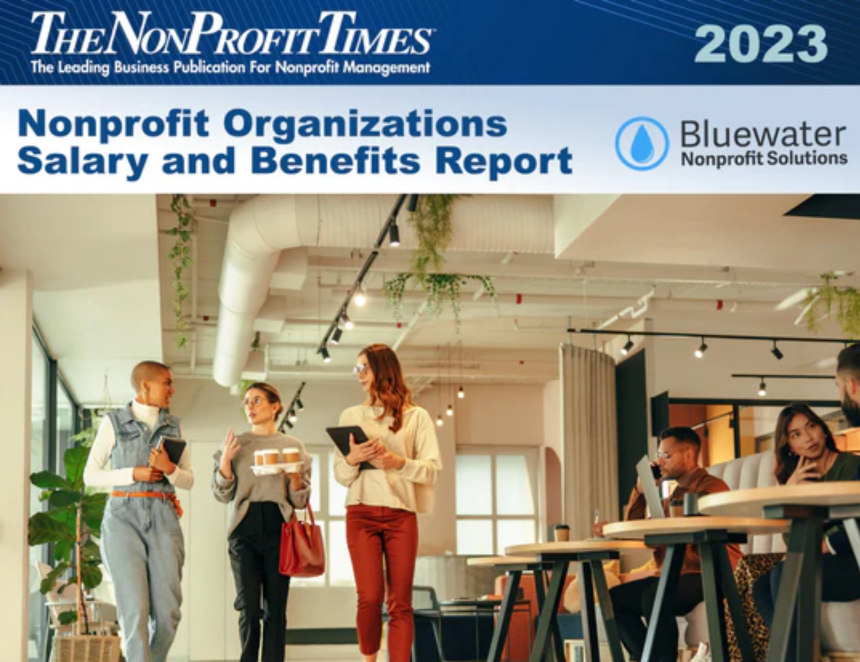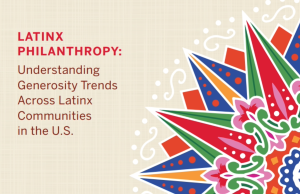The wealthiest 1 percent of the world’s population makes 99 percent of the world’s charitable gifts. But since they control much more than 99 percent of the world’s wealth, this figure lags their potential. The world’s highest-worth individuals — those with assets in excess of $30 million — are underperforming as charitable givers, according to the Washington, D.C.-based Milken Institute’s Center for Strategic Philanthropy.
There are 265,490 of these individuals in the world, more than one-third of whom live in the United States. When expanded to include Canada, these individuals control $11.5 billion, compared with $10 billion in Asia.
According to Stepping Off the Sidelines: The Unrealized Potential of Strategic Ultra-High-Net-Worth Philanthropy, a new report from the Milken Institute, “The personal wealth of the world’s richest is accumulating faster than philanthropic capital is being deployed, and faster than global issues are being solved.”
This may be in part because the very wealthy don’t trust that their giving has the effect they desire. Among those with net worth of $5 million or more, 78 percent do not track their contributions’ effectiveness, according to the Milken Institute.
The wealthiest donors also are less likely to make contributions that address far-flung problems, such as global diseases, poverty, or homelessness. They tend to give to recipients where their donations will be readily and publicly recognized, such as their alma maters, their children’s schools, hospitals and museums.
Because of this, the wealthiest 2.5 percent of organizations, where high-worth donors focus their attention, hold more than 50 percent of the nonprofit sector’s wealth. In comparison, human services organizations hold 11 percent of the sector’s wealth, despite comprising more than one-third of all nonprofits.
Authors of the Milken Institute report urges these donors to expand both the targets of and types of donations they make. In addition to the “safe bet” nonprofits listed above, high-worth donors should consider nonprofits that explore experimentation and innovation in resolving social problems.
High-wealth donors can also give more than money. They have social and intellectual resources that can help nonprofits achieve their missions. Or they can contribute directly to nonprofits that need to boost their staff, infrastructure and technology resources.
Younger philanthropists understand the need to broaden giving horizons. Donors between the ages of 18 and 40 are more likely to fund less-established organizations that sponsor higher-risk, higher-reward missions. They are also more likely to donate to nonprofits that have missions reflecting a global reach, such as social or environmental organizations.
One way of spurring donations from high-net-worth individuals is speaking to them less as sources of cash and more as being participants in problem solving. They tend to respond well to structures such as matching gifts. Interestingly, the Milken Institute found that while these donors are more likely to contribute when a one-to-one match is offered, increasing the match to two-to-one or more does come with a similar increase of donations.








